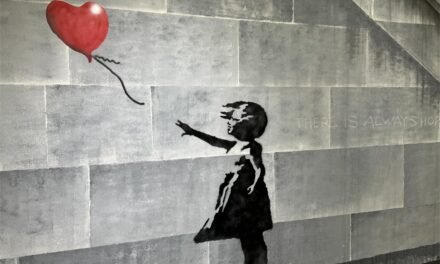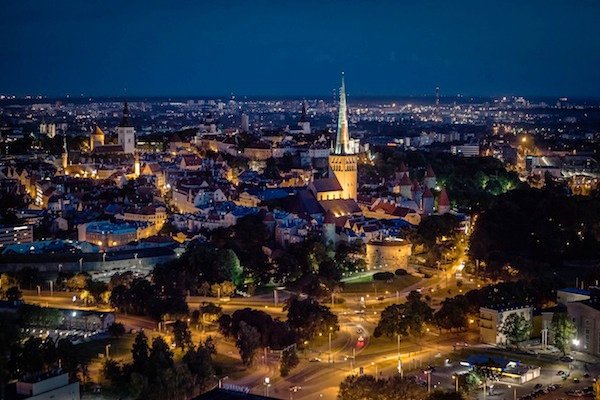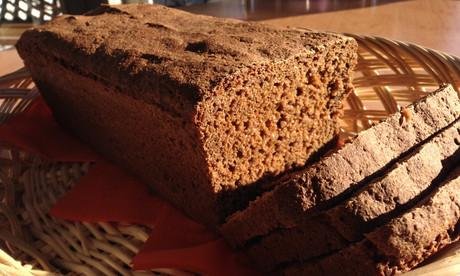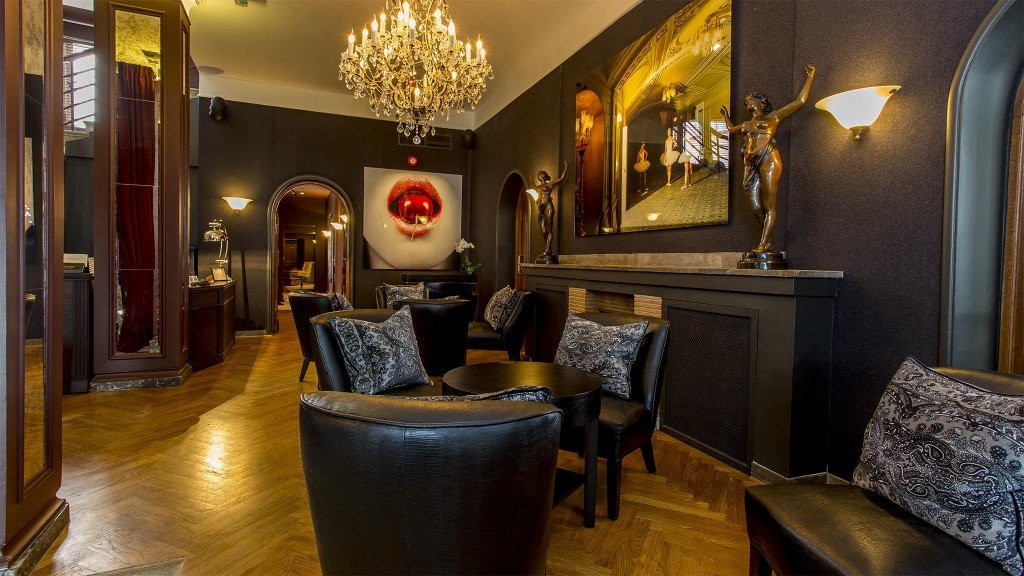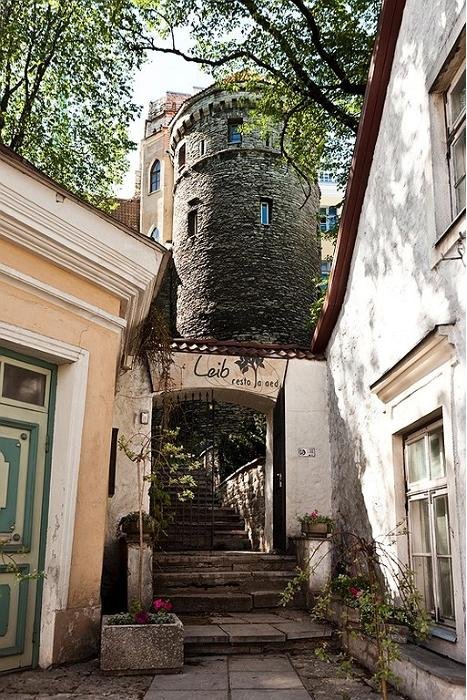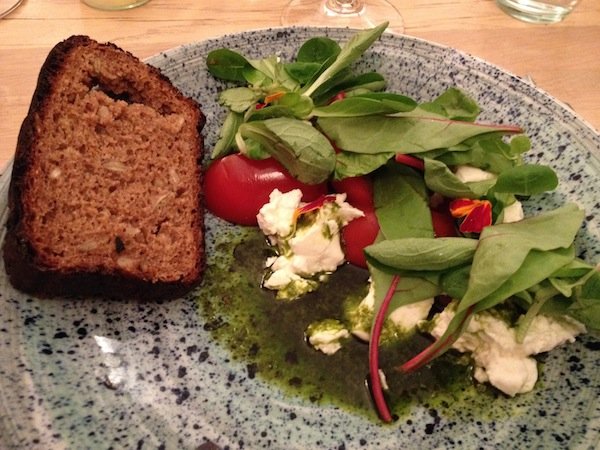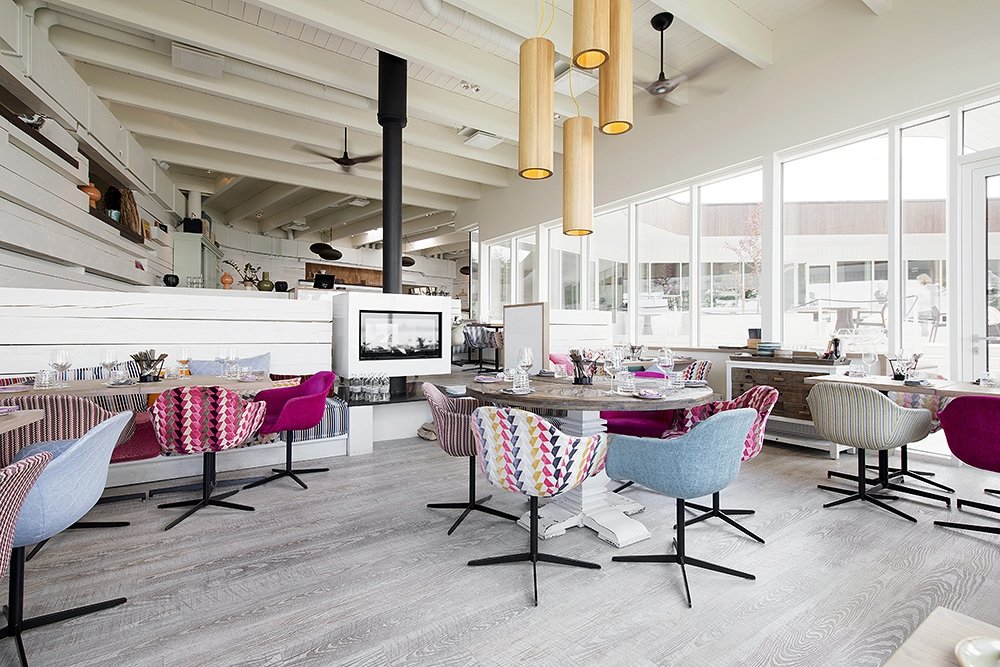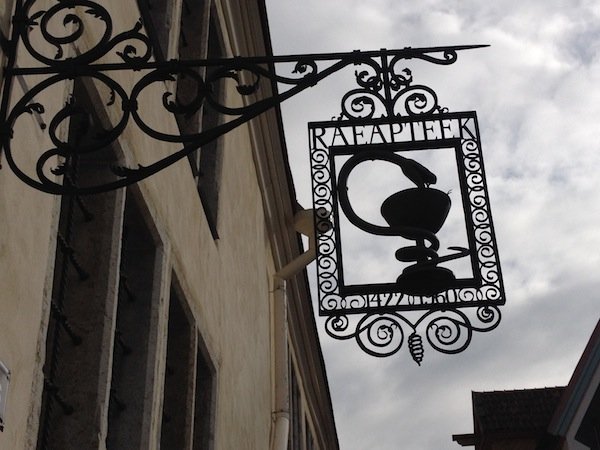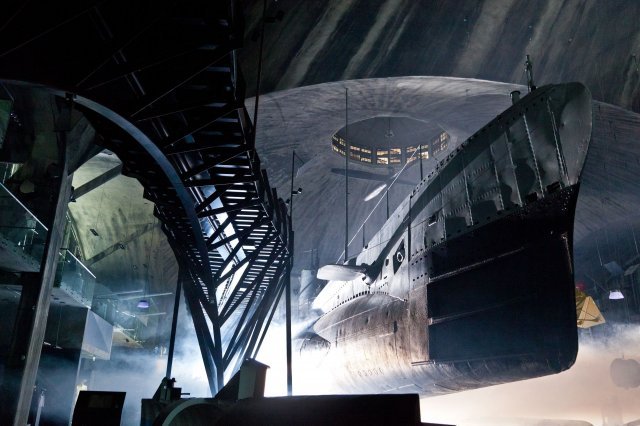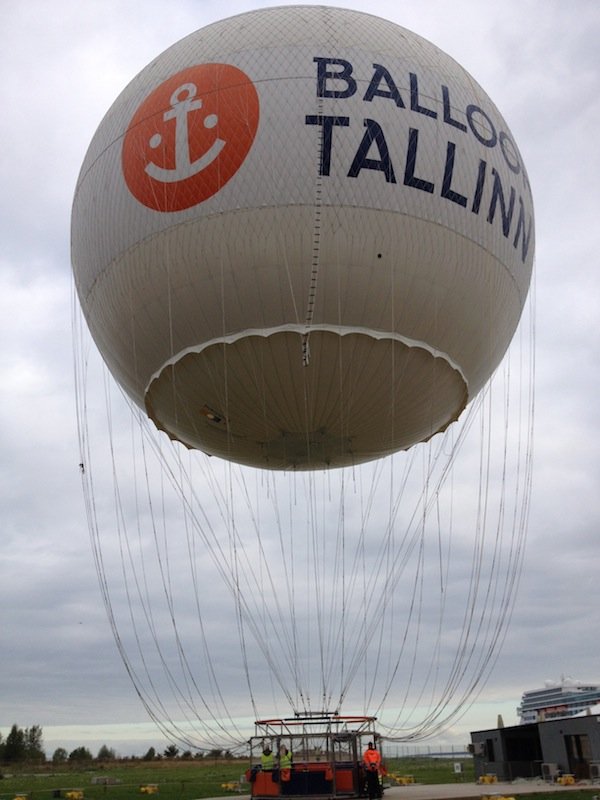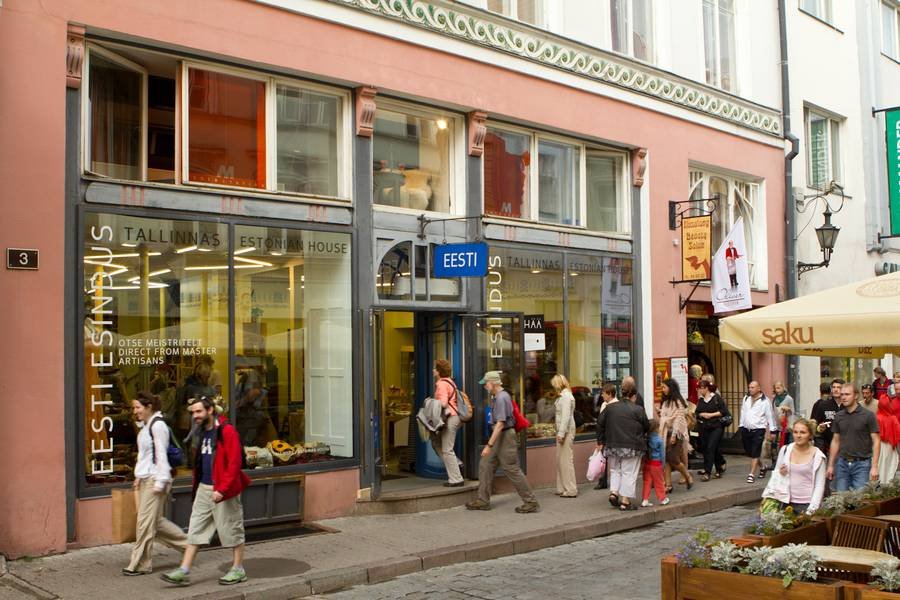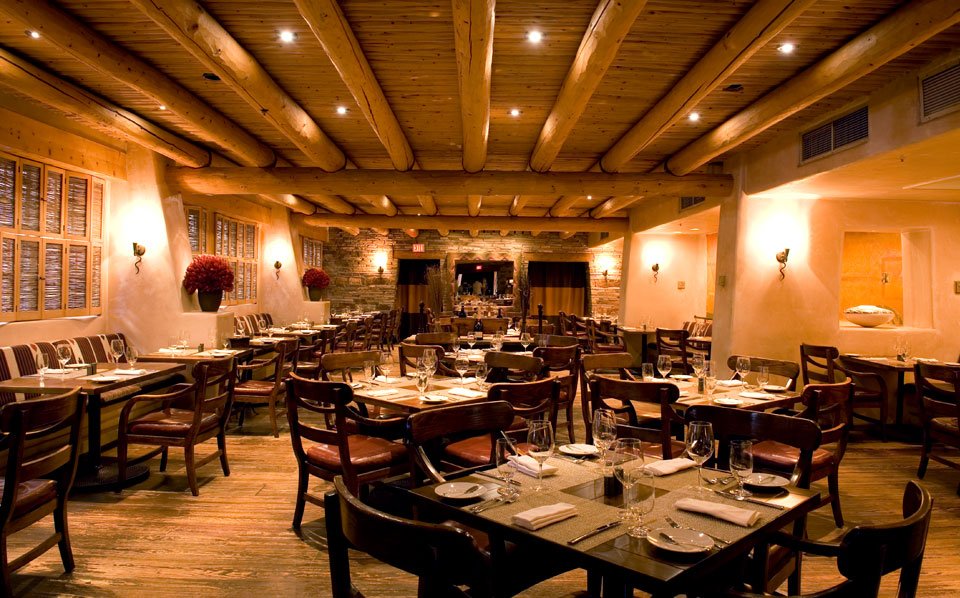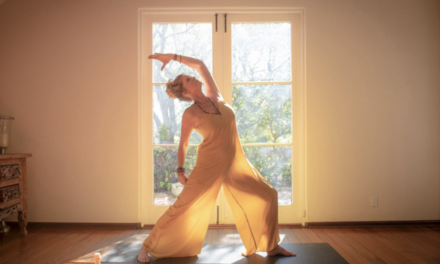
Guide To Trendy Tallinn- Estonia’s newly cool capital
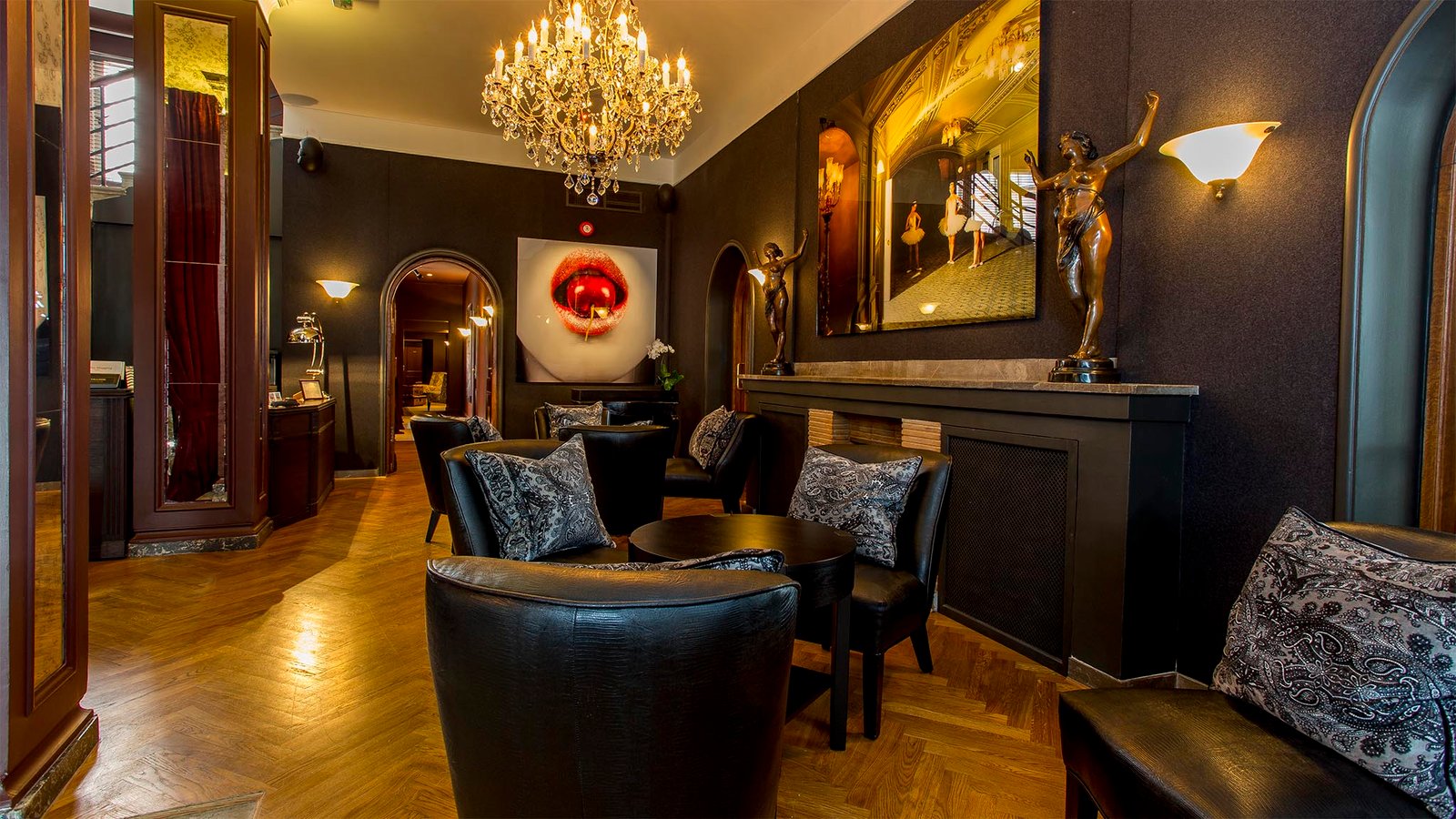
My first visit to Tallinn, the capital city of Estonia, was about 15 years ago. I remember thinking that although the medieval buildings in Old Town were stunning, there wasn’t much else to see or do. Also, my meals consisted of barely discernible variations on chunks of pork and potatoes, cabbage and (thankfully) wonderful rye bread.
WOW- what a difference a decade plus makes! After last month’s visit, Tallinn gets my vote for “Best Makeover Ever”! It’s been magically transformed into one of the trendiest capitals in Europe, scoring the title of European Capital of Culture in 2011. Did you know that this baby Baltic country is now a world leader in high-tech industries? Not only was Skype invented here, but Estonia was the first country to allow online voting — 98% of its 1.3m citizens bank online, and it holds the world record in start-ups per person.
Another factor behind Tallinn’s successful rebranding is its exciting food scene, which buzzes with a new breed of dedicated young chefs garnering attention with an Estonian twist on the trendy New Nordic Cuisine. There is a new wave of stylish restaurants paying homage to a rich bounty of local ingredients (think wild boar, morels, berries, pike, herring roe, goat cheese, and apple wine), gathered from the country’s farms (many organic), forests and waters.
You’ll notice this same creative energy as you wander the atmospheric streets of Tallinn’s Old Town, a UNESCO World Cultural Heritage site since 1997. It now spills over with sophisticated designer boutiques, quality artisan shops taking root in repurposed limestone factories, eclectic museums, and renovated Medieval mansions that have been converted to luxe hotels.
STAY
Check into St. Petersbourg Hotel, where hipness and history join forces. St Petersbourg dates back to the 15th century and is the oldest hotel in Estonia, but without a hint of stodginess. After a recent sprucing up by renowned British interior design agency Andrew Martin, it’s like you are staying at a wealthy Russian aristocrat’s home, decorated with erotic works of art, sumptuous fabrics, and crystal chandeliers. The hotel loves ballet and believes in kick-starting the day with a scrumptious Estonian buffet breakfast.
EAT
Leib Resto ja Aed– It will take supreme effort, but try and limit yourself to just one basket of addictive, handmade “Leib” (black bread), so you’ll have room to enjoy the pure flavors of Liivimaa grass-fed beef, farm-fresh goat cheese and house smoked trout fillet.
The talented owners, a chef and a sommelier, created Leib because they are “passionate about sharing the goodies from their homeland.”
Noa is not content to be known simply for its stellar skyline views of Tallinn, hip architecture, amusing driftwood furniture, or picturesque seaside location. Even if it were situated at the end of the dark alley, I’d recommend it for artful presentations, light clean flavors and eclectic menu, cleverly categorized by Surf, Surf and Turf and No Turf (veggie)…and more of that fabulous bread.
DO
There are a variety of walking tours, centered around the twisty, cobblestone streets of Tallinn’s impeccably preserved Old Town, but for an utterly fascinating overview of Estonia’s tumultuous past, our guide, Uve Poom, the CEO of Unitas Foundation and author of “Tallinn by the Stand-Up Tour Guide,” not only educated us but kept us in giggles.
SEE
Even if you normally steer clear of maritime museums the new Lennusadam Seaplane Harbour, housed in a huge, century-old hangar, is utterly mesmerizing. It’s uber hands-on (test your Top Gun skills on the machine gun, torpedo & flight simulators) and high-tech. Plan on a couple of hours to explore war ships and the world’s largest ice breakers, crawl through a 600-ton submarine from 1936 and then peruse their new fashion exhibition, Sea in the Wardrobe.
Afterwards, walk a block to the Kalamaja (“Fish House”) district, lined with wooden boardinghouses where fishermen, sailors and factory workers used to live. It has recently evolved into a trendy bohemian district, filled with artist studios, popular eateries, cool music venues, and a colorful Russian flea market where you can score deals on everything from Soviet bullet casings to pork chops.
HIGHS & LOWS
For an eagle-eye view, float high above the city in the new Balloon Tallinn. The helium-filled balloon is tethered to the ground and smoothly rises 400 feet high, where (on a clear day) you can see Finland. Although it was originally thought to be a seasonal attraction, the ride has been so popular that the owners have decided to stay open year round. “Winter balloon rides will be very exciting: the sea is frozen and our fairy-tale-like Old Town is covered in white snow.”
For a totally different perspective, head underground to tour the Bastion Tunnels. These secret pathways were built in the 1600s, and used as a defensive tunnel system for transporting soldiers, ammunition and for spying on the enemy. Many years later, the tunnels were transformed into air-raid shelters equipped with electricity and running water.
SHOP
Estonia’s arts and crafts scene is in synch with the burgeoning food scene. Both respect traditional methods and utilize local products, but add a contemporary, creative spin.
Katariina Gild– start at this historic merchant’s house, filled with artisans’ studios and watch skilled craftspeople create felt hats, hand-carved wooden spoons, quality leather-bound books, sophisticated woven goods, stylish linen fashions, etc.
Estonian Design House– this attractive limestone gallery exhibits exciting works by cutting-edge young artists, such as Reet Aus, a fashion designer who created Trash to Trend – Using Upcycling in Fashion Design.
Eesti Esindus– at first glance, it looks like a typical souvenir shop, but everything in this co-op is locally made from natural materials. Good buys include trivets carved from fragrant juniper wood (put a hot teapot on one and the lovely juniper aroma will permeate your kitchen), handmade linen scarves and an interesting selection (with copious samples available) of artisanal food products such as elk sausage, dried berries and local schnapps.
P.S. if you’re a fan of European Christmas Markets, the fairytale atmosphere of Tallinn’s can’t be beat. This stands to reason, since according to Tallinn’s Tourist Office, the Christmas Tree on Town Hall Square was erected by the Brotherhood of Black Heads guild in 1441, making it (arguably) the first public Christmas tree ever put on display in Europe.
Old Town is filled with huts selling mulled wine, marzipan, gingerbread, sea-grass animals, knitwear and wooden handicrafts surrounding an enormous Christmas tree hung with lights and decorations. Special holiday programs include Christmas plays, jazz and classical music concerts and performances by traditional Estonian folklore groups.
For more ideas on what to see and do in Tallinn or the rest of Estonia, check out the user-friendly, official tourist information website Visitestonia.com.


